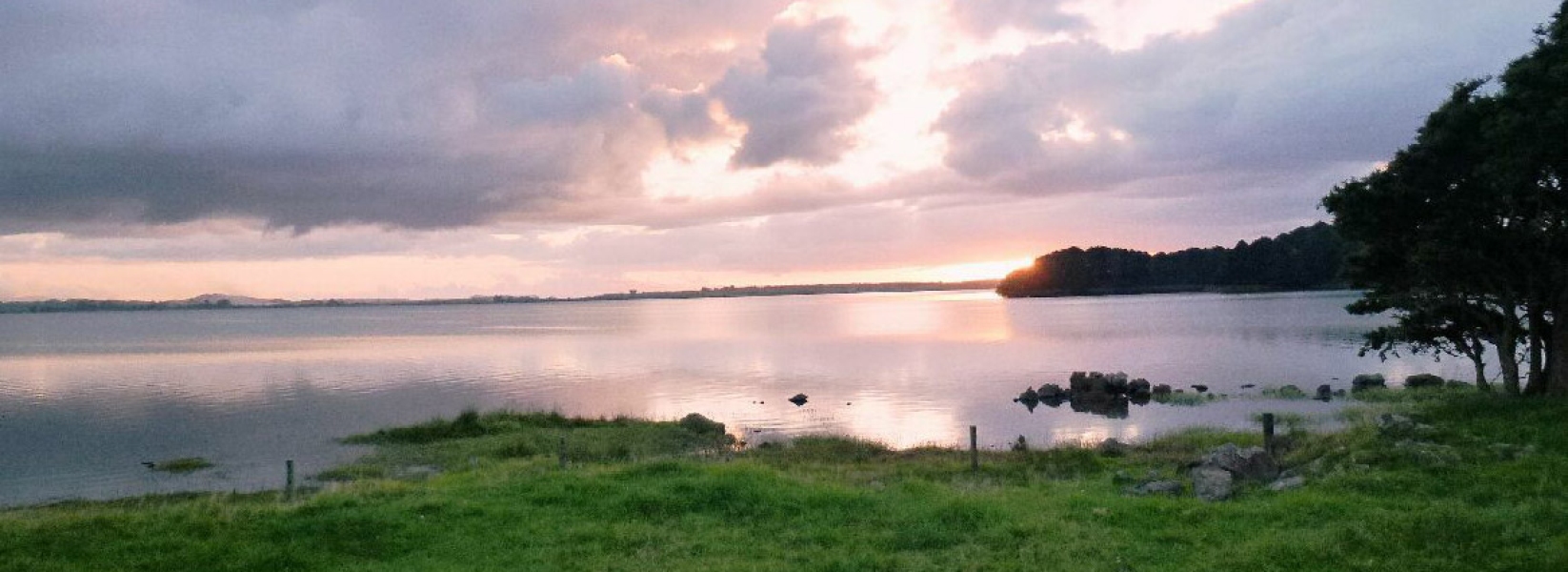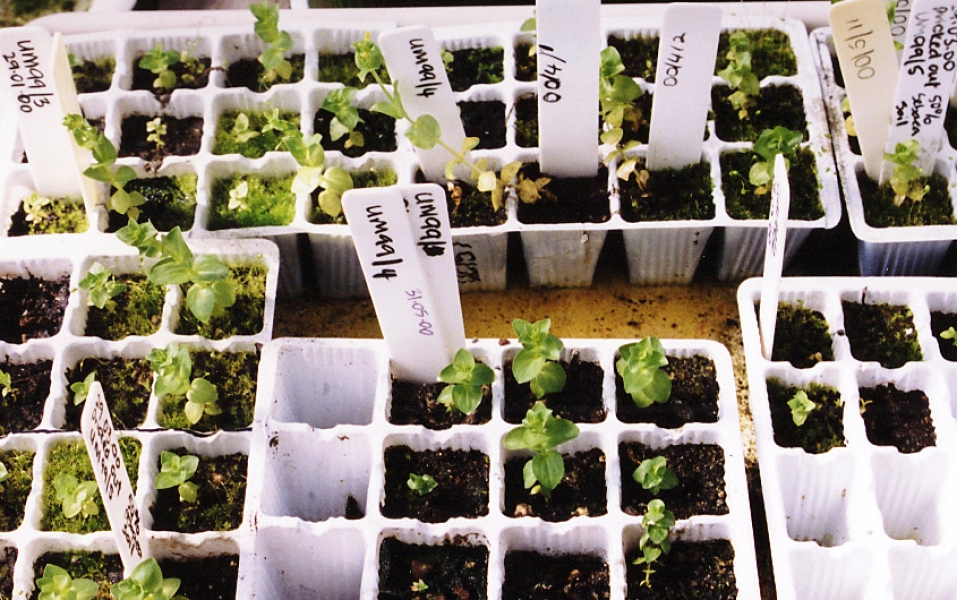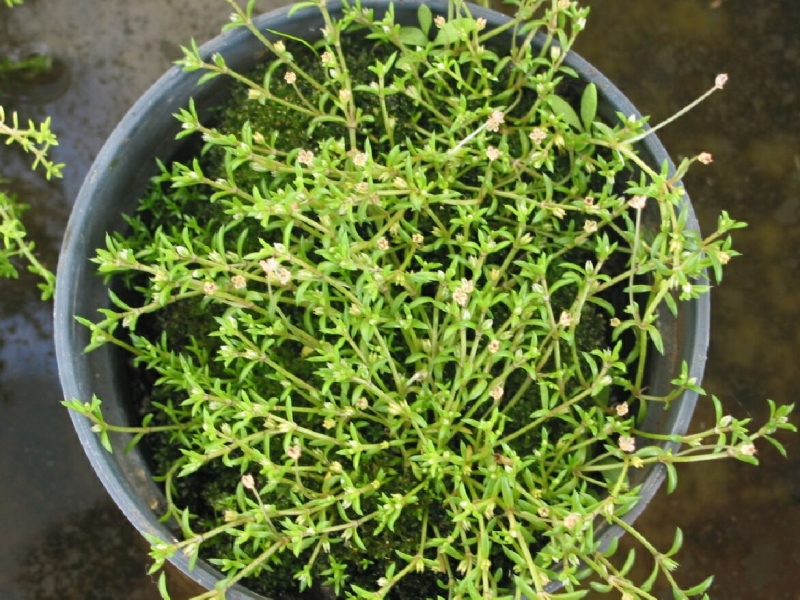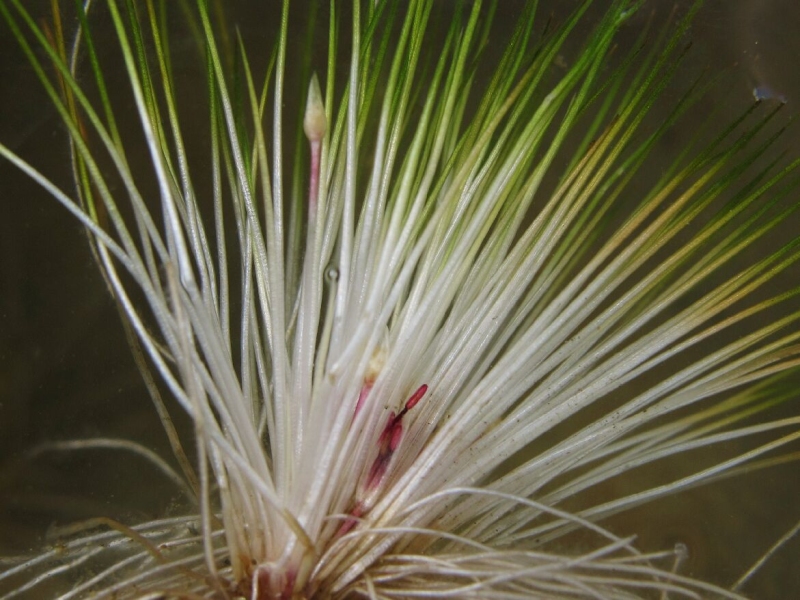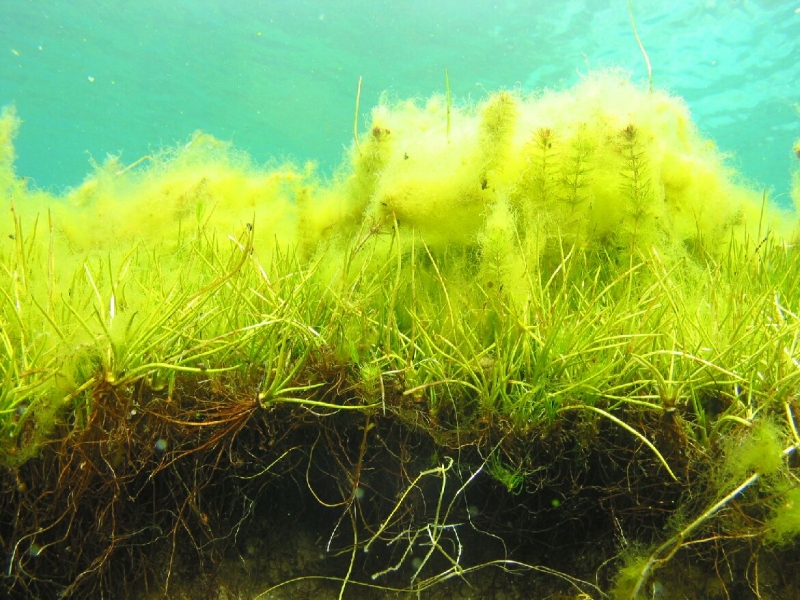NIWA has recently been represented on the New Zealand Indigenous Threatened Vascular Plant Panel Meeting. The week-long meeting, held at Landcare Research in Lincoln, aims to conserve New Zealand plant species. Attendees included the Department of Conservation, Auckland Museum and botanists from the University of Canterbury.
NIWA provided expertise on aquatic and wetland plants. Much of the information relevant to the assessment of risk comes from NIWA's database FBIS which contains data dating back to the 1980's, and provides a good picture of biotic changes over the past 30 plus years.
At the meeting, nearly 2,600 plant taxa (mostly terrestrial plants - growing on land) were assessed, including 177 yet to be formally described. Of these 288 plants were assessed as nationally threatened with extinction. The classification of threatened species followed Townsend et al. (2008).
Three categories of threatened species 'Nationally Critical' (155 plants), 'Nationally Endangered' (60 plants) and 'Nationally Vulnerable' (73 plants), are defined based on the number of individuals of that plant, small area of occupancy and/or observed/inferred/predicted rate of decline. Additionally 101 other plants are classed as 'At-Risk Declining', not yet nationally threatened but on a watch-list because their numbers are declining, for further definition refer to Townsend et al. (2008). Aquatic and wetland plants were over represented in the 'Nationally Threatened' and 'At-Risk: Declining' lists compared with terrestrial species. With 18% of nationally threatened species and 23% declining. This indicates the pressures aquatic and wetland systems continue to be under.
Three aquatic plants and a further 18 wetland species were classified as 'Nationally Critical'. One aquatic plant, an as yet undescribed species of Isoetes, is extinct in the wild. It was restricted to Lake Omapere (Photo 1) in Northland and has not been located in this lake, despite extensive searches since the lakes aquatic vegetation collapsed in 2001/02. Fortunately in the mid 1990's NIWA translocated four plants into cultivation after predicting the impending collapse of the lake vegetation, the progeny of these plants are the only known remaining plants. NIWA is working with DOC to describe this species and reintroduce them to suitable Northland water bodies in the future.
A second species, the carnivorous bladderwort Utricularia australis, has declined spectacularly in Northland lakes in the Aupouri Peninsula, where it was relatively abundant in surveys up to 2000. This decline is likely a result of competition from a new invasive bladderwort Utricularia gibba which has rapidly spread through Northland, Auckland and northern Waikato in the last decade.
Amongst the wetland Nationally Critical species, the yellow flowered gentian Sebaea ovata is reported as being on the brink of extinction in the wild. NIWA was involved in a research project with DOC to evaluate field populations and resulted in the successful cultivation of this tiny annual plant. See 'Growth and habitat of Sebaea ovata (Gentianaceae) in New Zealand and Australia'.
NIWA currently monitors and has cultivated a range of other threatened wetland species, for example the Nationally Critical Centrolepis strigosa and Crassula peduncularis.
One aquatic plant, Trithuria inconspicua (Photo 4), and a further 13 wetland species are classified as Nationally Endangered. Trithuria is of major scientific interest as it is a very primitive plant, at the base of flowering plant groups. In New Zealand it was only known from a few Northland lakes until it's discovery in several Fiordland lakes during a NIWA survey in the late 1990's,over 1000 km from the nearest known site. Since then a few populations have been found in Westland and Otago, but this plant is still disappearing from many of its former localities.
There are two National Vulnerable aquatic species and a further 13 wetland plants. Amphibromus fluitans is an aquatic grass, often floating on the water's surface. New populations of this grass have been found in the past few years and its threat status has been reduced from Nationally Endangered in the most recent assessment. NIWA hold cultivated plants of this species.
Three aquatic plants and a further 19 wetland species have been assessed as 'At-Risk: Declining'. Importantly, two of the aquatic plants are key ecological species in estuaries and North Island lakes respectively. New Zealand seagrass (Zostera muelleri subsp. novozelandica) provides key habitat for juvenile fish but an alarming decline in has been documented by NIWA leading to this species listing as Declining.
A similar trend has occurred in Isoetes kirkii, an important mid-depth vegetation zone species that has disappeared or declined in most Rotorua lakes and all lower Waikato lakes. It is still currently secure in a few lakes such as Lake Taupo (Photo 5) and Lake Waikaremoana.
NIWA have been involved in classifying threatened species, and are also actively working to conserve these plants through surveying aquatic and wetland vegetation in various parts of New Zealand, cultivating plants (even introducing the At-Risk: Declining Myriophyllum robustum into the pond plant trade), and providing management advice to DOC, regional councils and various other agencies.
We would like to thank DOC, Northland Regional Council, Environment Canterbury and Meridian Energy for supporting this work.

